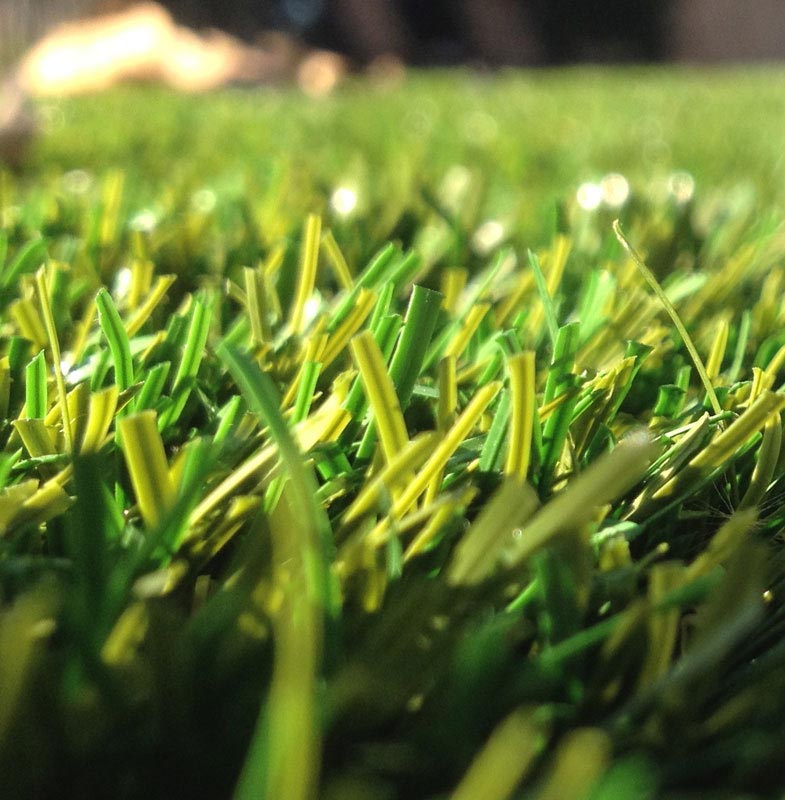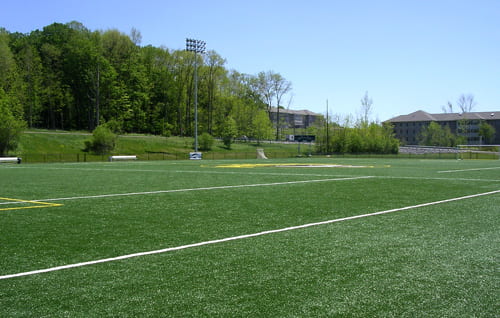Delve Into the Environmental Advantages of Opting for Synthetic Grass Solutions
The adoption of synthetic lawn services offers a compelling possibility to address pressing ecological difficulties. By dramatically reducing water usage and lessening the application of dangerous chemicals, these choices not just advertise sustainable landscape design however also protect regional ecosystems.
Water Preservation Conveniences
One of the most substantial advantages of fabricated lawn is its capability to save water. Conventional yard lawns require substantial watering, specifically in areas prone to drought or water restrictions. On the other hand, synthetic grass does not need watering, substantially decreasing the overall need for water sources. This attribute is particularly helpful in dry areas where water deficiency is a pressing worry.
By getting rid of the need for regular watering, synthetic turf adds to lasting landscape techniques and aids alleviate the ecological influence of excessive water usage. Moreover, the conservation of water reaches the decrease of runoff, which can result in dirt erosion and waterway air pollution.
In addition, the setup of man-made grass permits districts and property owners to allot water sources extra effectively, concentrating on important uses such as drinking water and agriculture. The change towards synthetic grass not only advertises liable water use but additionally aligns with wider ecological goals aimed at protecting natural deposits.
As neighborhoods significantly focus on sustainability, the water preservation advantages of fabricated lawn offer an engaging instance for its fostering in business and household landscape design tasks.
Reduced Chemical Use
The transition to synthetic lawn dramatically decreases the reliance on chemical therapies frequently used in natural turf upkeep. Standard grass management usually entails the application of plant foods, chemicals, and herbicides to advertise development and control parasites. These chemicals can present dangers to human wellness, local wildlife, and the environment, contributing to soil and water contamination.
On the other hand, artificial grass eliminates the requirement for these harmful materials. Once set up, it calls for marginal maintenance, largely being composed of regular cleaning and seldom infill replenishment. This decrease in chemical use not just profits the prompt setting but additionally adds to broader eco-friendly stability. By decreasing the release of synthetic compounds into the community, fabricated grass promotes healthier soil and water supply.
Additionally, the absence of chemical runoff related to fabricated grass installments aids safeguard regional waterways from pollution, sustaining water life and preserving biodiversity. Artificial turf companies phoenix. As communities progressively prioritize sustainable practices, going with artificial lawn presents a feasible remedy that straightens with ecological preservation goals. Through this shift, homeowner can appreciate lush environment-friendly rooms without compromising ecological health, leading the method for a more sustainable future
Reduced Carbon Footprint

Additionally, the setup of synthetic grass can lead to considerable water conservation. All-natural grass need substantial quantities of water for irrigation, which not only includes to the carbon impact connected with water extraction and treatment however likewise pressures neighborhood water sources. On the other hand, synthetic grass needs marginal maintenance, calling for no watering, thus substantially lowering water usage and its associated energy expenses.
In addition, the durability of fabricated grass adds to its lower carbon impact. With a life expectancy of approximately 15 years or even more, the requirement for frequent substitutes is reduced, leading to less waste and reduced energy consumption in manufacturing wikipedia reference and dealing with conventional lawn alternatives. Generally, synthetic grass provides a sustainable option for environmentally aware landscape design.
Habitat Preservation
Habitat conservation is a crucial consideration in the discussion over landscaping selections, particularly when contrasting synthetic grass to all-natural turf. Natural turf lawns commonly need comprehensive maintenance, including the usage of chemicals, herbicides, and plant foods, which can detrimentally impact regional ecological communities. These chemicals can seep right into the soil and rivers, hurting indigenous plants and animals and interrupting local environments.
Synthetic grass removes the requirement for hazardous chemicals, consequently protecting close-by wildlife and preserving the stability of bordering communities. The setup of synthetic grass can lead to the conversion of former turf areas into more biodiverse landscapes, such More hints as pollinator yards or indigenous plant locations, which can sustain neighborhood wild animals.
Inevitably, the transition to artificial turf not just preserves water and lowers upkeep efforts but also fosters a more unified partnership in between human activities and the natural environment, advertising environment conservation in the process.
Long-Term Sustainability
Long-lasting sustainability is a vital aspect in assessing the advantages of synthetic grass over conventional grass yards. One of the most substantial benefits of synthetic grass is its toughness; it can last as much as 15-20 years with minimal upkeep, whereas natural lawn requires constant reseeding and replacement. This long life minimizes the need for consistent resources, such as water, plant foods, and pesticides, which are essential for preserving a healthy turf yard.
Furthermore, synthetic grass adds to a reduction in carbon emissions connected with lawn treatment tools. Standard lawns commonly require gas-powered lawn mowers, leaners, and blowers, all of which add to air contamination. Phoenix turf companies. In contrast, synthetic grass eliminates the requirement for such tools, promoting a cleaner atmosphere
In addition, the production of synthetic grass increasingly uses recycled products, improving its sustainability account. As makers take on environmentally friendly methods, the environmental footprint of synthetic grass proceeds to decrease.

Final Thought
The fostering of synthetic grass solutions provides substantial ecological advantages, consisting of substantial water conservation, minimized reliance on harmful chemicals, and a lower carbon impact. Moreover, man-made lawn help in maintaining all-natural environments by lessening land disruption and promoting long-lasting sustainability via the usage of long lasting materials. Collectively, these variables highlight the visite site possibility of synthetic grass to add favorably to environmental health and wellness and use a practical alternative to typical landscape design methods in a progressively resource-conscious globe.
In contrast, synthetic turf does not need watering, substantially lowering the total need for water sources. By reducing the release of synthetic compounds into the ecosystem, fabricated turf advertises healthier dirt and water systems.
In addition, the installment of fabricated turf can result in significant water conservation. In contrast, artificial turf requires marginal maintenance, requiring no watering, thereby dramatically minimizing water use and its associated energy costs.
